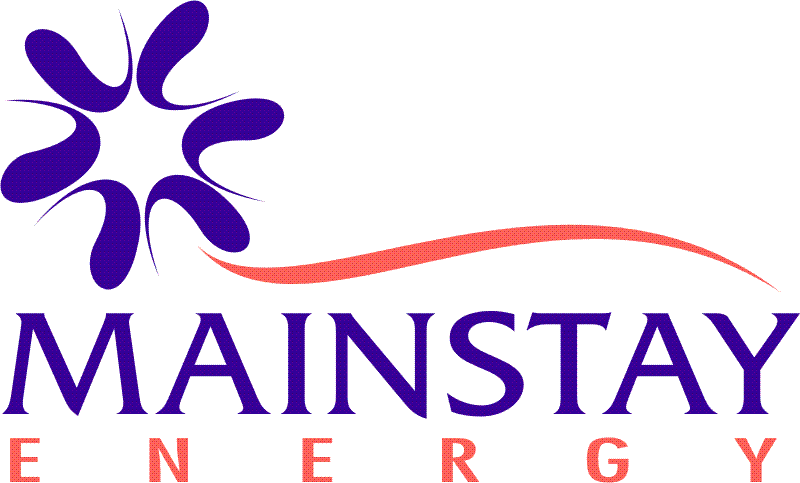Carbon capture is considered the single most important technology for reaching greenhouse gas reduction goals worldwide. Allowing for massive reductions in CO2 emissions alongside clean energy production. Mainstay is your partner to understand, evaluate, and implement a carbon capture strategy.
What is Carbon Capture?
technology which attempts to prevent the release of large quantities of CO2 from fossil fuels consumed by power plants when producing electricity. The CO2 would be stored in deep geological formations, ocean trenches or as mineral carbonates.
What happens after carbon capture?
When people think of carbon capture, usually there is an “and.” As in “carbon capture and storage” (CCS), or “carbon capture, utilization and storage” (CCUS). Once a stream of CO2 has been captured from and energy or industrial process, the next step is to figure out how to make sure you do something with it to ensure it is not released into the atmosphere.
There are numerous pathways available to projects for managing CO2, including:
Geologic sequestration, in deep saline formations, ocean trenches
Sequestration of the CO2 in mineral carbonates
Use of the CO2 as a manufacturing input to plastics, cement, or other novel materials
Enhanced oil recovery (EOR): Injection into depleted oil wells as a cerfactant for secondary or tertiary oil production
The solution that’s right for a given project will depend on many factors, such as quantity of CO2, geography, process characteristics, proximity to other industry, technology risk. Let Mainstay be your guide as you navigate carbon capture solutions.
Is carbon capture feasible? Cost-effective? Right for my project?
Energy pro forma financial analyses are notoriously difficult, with expected outcomes highly dependent on inputs of capex, opex, commodity forecasts, and technology variability which can all be difficult to predict. Mainstay will provide you with a seasoned, objective view on the financial modeling of an energy project, helping you to explore the range of potential outcomes, as well as exit potential and through sale or MLP.

